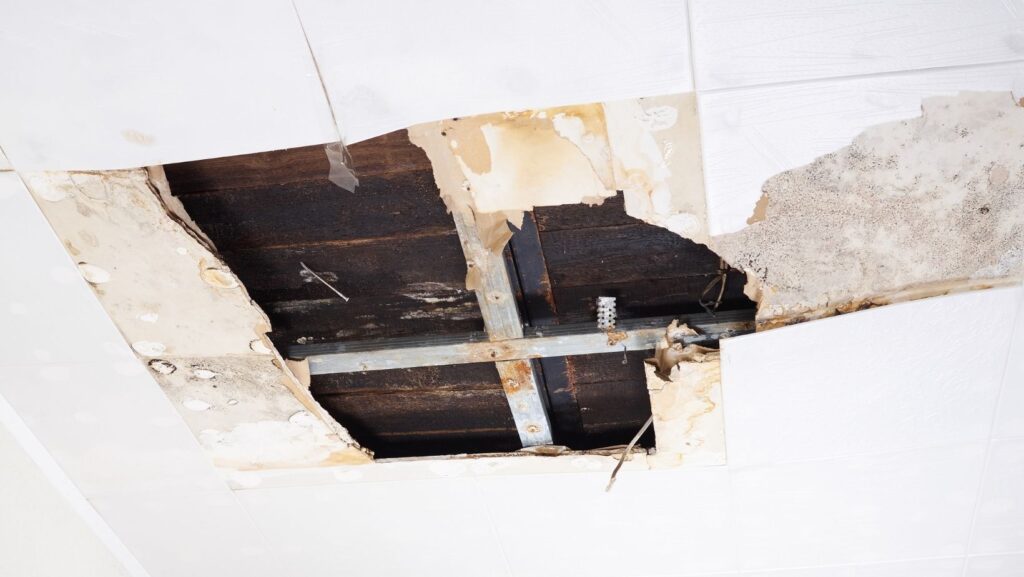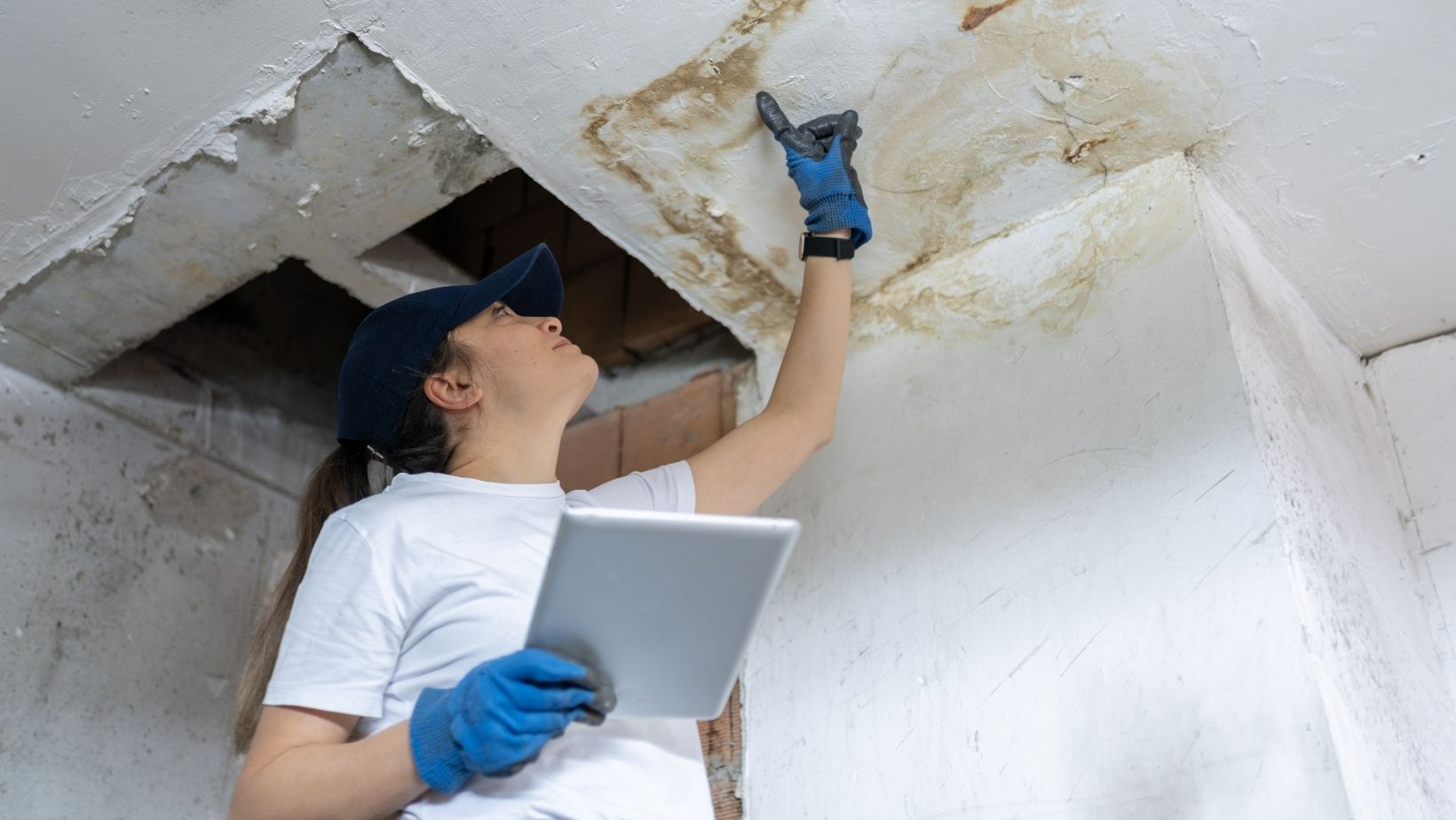Not all injuries happen on the street or in a car. Some occur in places where people feel most secure—on a friend’s porch, in an Airbnb, or under the ceiling of a rented apartment. When a ceiling buckles or a deck gives way, the consequences are sudden and devastating. These incidents can result in long-term injuries that disrupt everything from work to basic daily life.
It’s easy to blame bad luck, but more often than not, someone failed to maintain or inspect the structure properly. Property owners and landlords have a duty to make sure spaces are safe for guests, tenants, and workers. If they ignore warning signs like sagging ceilings or rotting beams, they put lives at risk. In these cases, firms like Valiente Mott are prepared to hold them accountable for the harm caused.
Warning Signs Are Often Ignored
Many structural failures don’t come out of nowhere—there are early red flags that get dismissed far too often:
- Small Cracks or Creaks- Often seen as harmless, these can point to moisture damage, joint failure, or poor construction techniques.
- Repeated Tenant Complaints- Issues like sagging ceilings, soft floors, or shifting door frames are sometimes reported months before a collapse.
- Lack of Timely Repairs- When landlords fail to investigate or repair warning signs, they risk serious injury to tenants and visitors.
- Ignored Maintenance Logs- If concerns were raised and dismissed, documentation of those reports could become critical evidence in a legal claim.
Keeping track of what was reported—and when—can make a major difference in proving that an injury was preventable.
Why Decks and Ceilings Fail
Decks may look sturdy on the surface while hiding decay underneath. Water damage, wood rot, or loose hardware can weaken a structure until one wrong step brings it down. Ceilings often collapse due to leaks, poor patchwork, or overloaded floors above. These failures rarely happen overnight.
Often, poor workmanship or cutting corners during renovation play a major role. Builders or maintenance crews might use cheap materials or ignore code requirements. These shortcuts are invisible until disaster strikes. And when they do, the results can include spinal injuries, head trauma, or worse.
Who Is Legally Responsible?
Premises liability law holds property owners accountable for maintaining safe conditions. If they fail to fix a known hazard or don’t carry out routine inspections, they may be liable. Renters, guests, or even delivery drivers injured in these spaces can pursue compensation. The law does not excuse neglect just because it was out of sight.
Determining responsibility can involve multiple parties. Landlords, maintenance companies, contractors, and even previous inspectors might be named in a lawsuit. Lawyers must investigate records, inspections, and repair histories. These details help build a case against those who contributed to the danger.
How Expert Testimony Strengthens Your Case
In structural collapse cases, expert testimony can be the tipping point. Engineers or contractors with experience in building codes can explain exactly how the failure happened. Their insight helps juries understand the mechanics of the injury. It also shifts the focus from the victim to those who let the danger remain.
These experts also help calculate the long-term costs of recovery. If you need ongoing rehab, home modifications, or can’t return to your job, they factor that in. They connect the dots between the structural problem and your personal loss. Their voices can turn a vague claim into a powerful narrative.
Injuries That Go Beyond the Obvious
Not all damage from a structural collapse is visible right away. Some injuries emerge over time, and they’re just as serious.
- Delayed Physical Injuries- Conditions like whiplash, concussions, or internal bleeding may not show symptoms until days after the incident.
- Undetected Brain Trauma- Even without a direct blow to the head, the impact can cause swelling or cognitive issues that worsen with time.
- Emotional and Psychological Harm- Anxiety, panic attacks, and PTSD are common after traumatic collapses, especially in children or older adults.
- Long-Term Life Disruptions- Trouble sleeping, avoiding similar spaces, or losing confidence in daily routines can affect quality of life for months or years.
These less-visible injuries are often overlooked, but they matter just as much in a legal claim.
What Victims Need to Document
After a structural failure, the first instinct is often confusion and fear. But if you’re able, it helps to gather photos of the damage, the surrounding area, and your injuries. Save all communication with the property owner, building management, or others responsible. These small steps can protect your claim down the line.
Medical records should reflect the timeline of your symptoms. If your injury worsens over time, document every visit and diagnosis. Witness statements, especially from those who saw the collapse or knew about the warning signs, are valuable too. The more evidence you have, the stronger your case becomes.
Prevention Shouldn’t Be Optional
Proper maintenance and regular inspections can stop most of these incidents from ever happening. Yet some landlords and property managers put off repairs to save money. The result? Injuries that cost far more than fixing a beam or replacing tiles.
Tenants and guests should feel safe, not skeptical, in the places they visit or live. Holding negligent parties accountable sends a message that shortcuts won’t be tolerated. It creates pressure for better safety standards across the board. And it gives injured people a path toward justice.
What You Can Do If You’re Hurt
If you’ve been injured due to a ceiling collapse or deck failure, talk to an attorney immediately. You may have more legal options than you think. Timing is critical, especially if property owners rush to make repairs that erase the evidence. Get guidance before that opportunity disappears.
Firms like Valiente Mott understand the complexities of these cases and fight for the full compensation clients deserve. They dig into the details others might overlook. Most importantly, they treat you as more than a file—they treat you like someone who deserves to be made whole. Because when safety fails, accountability matters.



More Stories
Tips for Home Purchasers in San Antonio
Ntrffee: The Ultimate Guide to a Revolutionary Beverage
Key Features That Make Small Chop Saws a Great Investment for Precision and Value